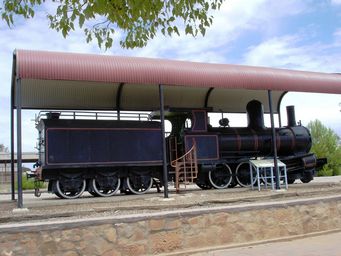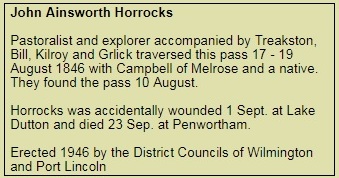Australia So Much to See


We cross the Flinders Ranges via Horrocks Pass, and continue to Peterborough
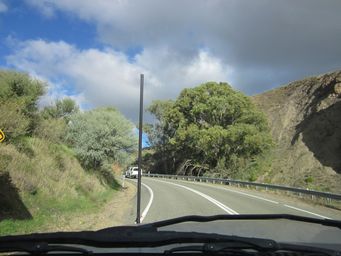
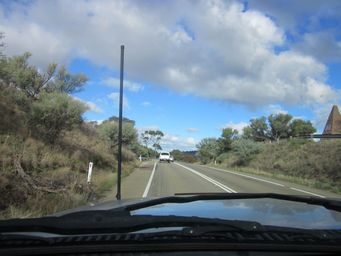
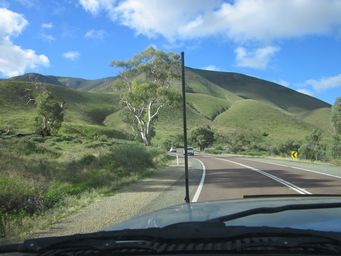
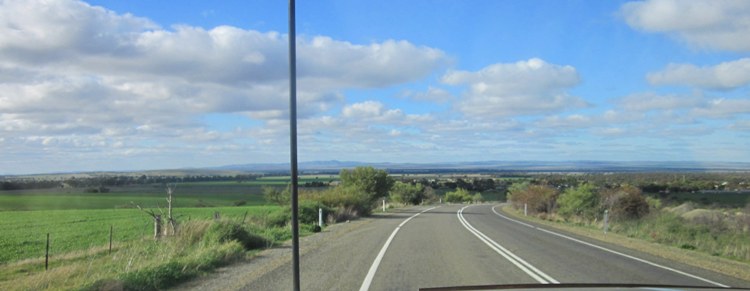
Above right on a cutting through the pass.
A cairn commemorates the centenary of the visit of John Horrocks and his party who travelled through the area in August 1846 during
his ill-fated exploration of land north of Spencer Gulf.
John Ainsworth Horrocks (22 March 1818 – 23 September 1846) was one
of the first settlers in the Clare Valley in 1839. He established the town of Penwortham in South Australia. Horrocks is unfortunately
known more for his death, when he was accidentally shot in a hunting accident. His gun fired after the camel he was using on an exploration
mission lurched, knocking him and causing the weapon to discharge. His injuries were very substantial and included some teeth being
knocked out from the bullet, and he died of gangrene a month later at home, in the town he had previously founded.
From Monument Australia

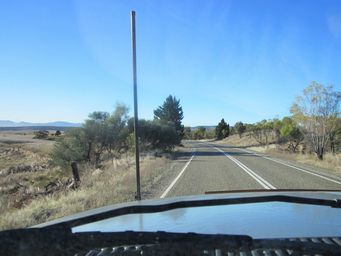
In the foyer of the Town Hall a large patchwork picture commemorating the Federation of Australia was made in 2001, involving 1,700
hours by local craftspeople.
With a drive through big rig parking area in the main street, you can stop in at the museum (former visitor centre pictured above
left when operating the visitor centre) in a railway carriage, and see the "Y" Class number 82 Locomotive situated alongside
(above right). An interpretive board at the front of the train explains its history. The new visitor centre is housed at Steamtown.
Take a walk along the main street and see the signs on the historic old shops. The Town Hall is the largest and most ornate rural
hall in South Australia.
The Federal Hotel, built in 1898, one of a number of attractive old buildings in the main street.
Since 2016, Peterborough has had parking for self-contained caravans and motorhomes opposite Steamtown Heritage Rail Centre. Grey
water on grass not a problem, just keep it tidy. Length of stay 72 hours. Pets on leash and dog run off-leash area next door.
Peterborough
District Council installed a Dump Point back in 2010 accessed from the Main Street via a loop road. There is easy drive through caravan
parking along a loop road behind the visitor centre and an extension of this loop road passes the dump point.
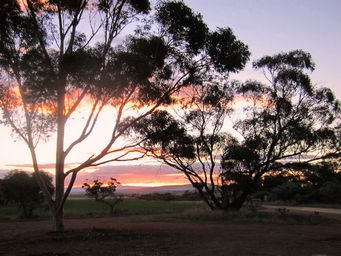
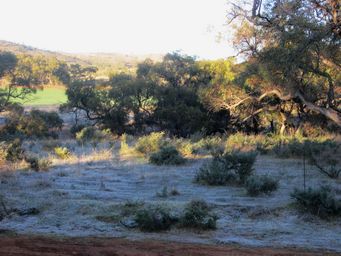
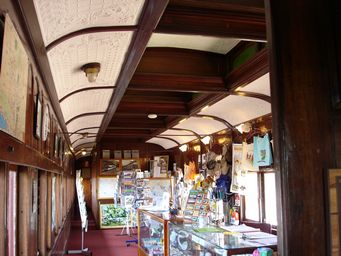
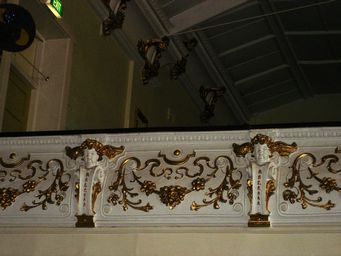
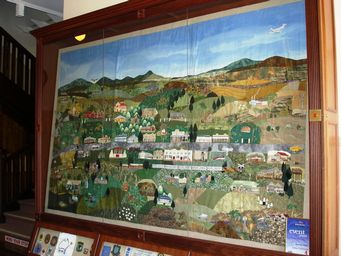
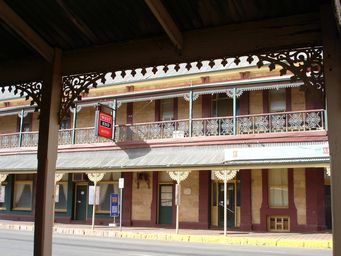
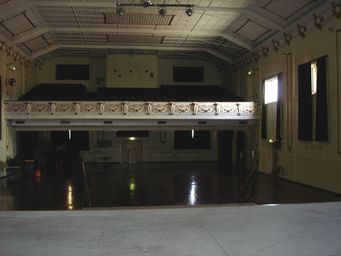
Peterborough is an interesting and welcoming town, with its railway past prominent. Built on the fortunes of the railways, trains
are a strong theme. They still pass through the town, but Peterborough is no long the centre it used to be. See more from previous
visits to Peterborough.
The opening of the line from Jamestown in 1881 then the Terowie line, followed by the line from Broken
Hill in 1887 meant that Port Pirie, Port Augusta, Adelaide and the Silverton Mines were all connected by rail tracks that passed through
Peterborough. The town relied on the railways as the major employer for 110 years. In 1927 the workforce of the Peterborough Division
of the SA Railways was 1,800 with two thirds of them living in Peterborough. The roundhouse was the largest in the southern hemisphere.
In the mid twenties a huge railway depot with a roundhouse, workshops, and a turntable was built and Peterborough’s population
grew to around 6000 people, of which approximately 1300 were directly employed by the railways. In its heyday, around 100 trains per
day ran through Peterborough. The standardization of the three gauges in Australia, the change from Steam locomotives to Diesel slowly
undermined Peterborough as a Railway hub. By the early 1990’s the entire facility closed down with many job losses. Peterborough’s
population dropped to the present number of around 2000 residents.
Without the railway workers and employment dramatically reduced
in Peterborough, an abattoir is now being one of the major employers. This was Belgian owned and was one of only two horse abattoirs
Australia. Since our earlier visits to Peterborough these two abattoirs have been sold to SAMEX and now slaughter camels for the export
meat market. While these are mainly processing feral camels at present, and at a rate not keeping pace with the breeding potential
of these animals in the wild, for continuity of supply and economy of cost these abattoirs need farmed camels rather than relying
on the irregular and seasonal capture and transport of feral camels. The market potential is under supplied.
The Railways Roundhouse
was the largest in the southern hemisphere and now houses the Steamtown Heritage Rail Centre. The heritage listed Roundhouse displays
a three gauge turntable (only one left in the world) as Peterborough was once at the junction of three different gauge rail systems.
A wide range of historic rolling stock is displayed. An after dark sound and light show tells the story of Steamtown and the creation
of Peterborough, about Railways in South Australia, the history and personal stories associated with it.
Photos of Peterborough here were taken in 2006.
